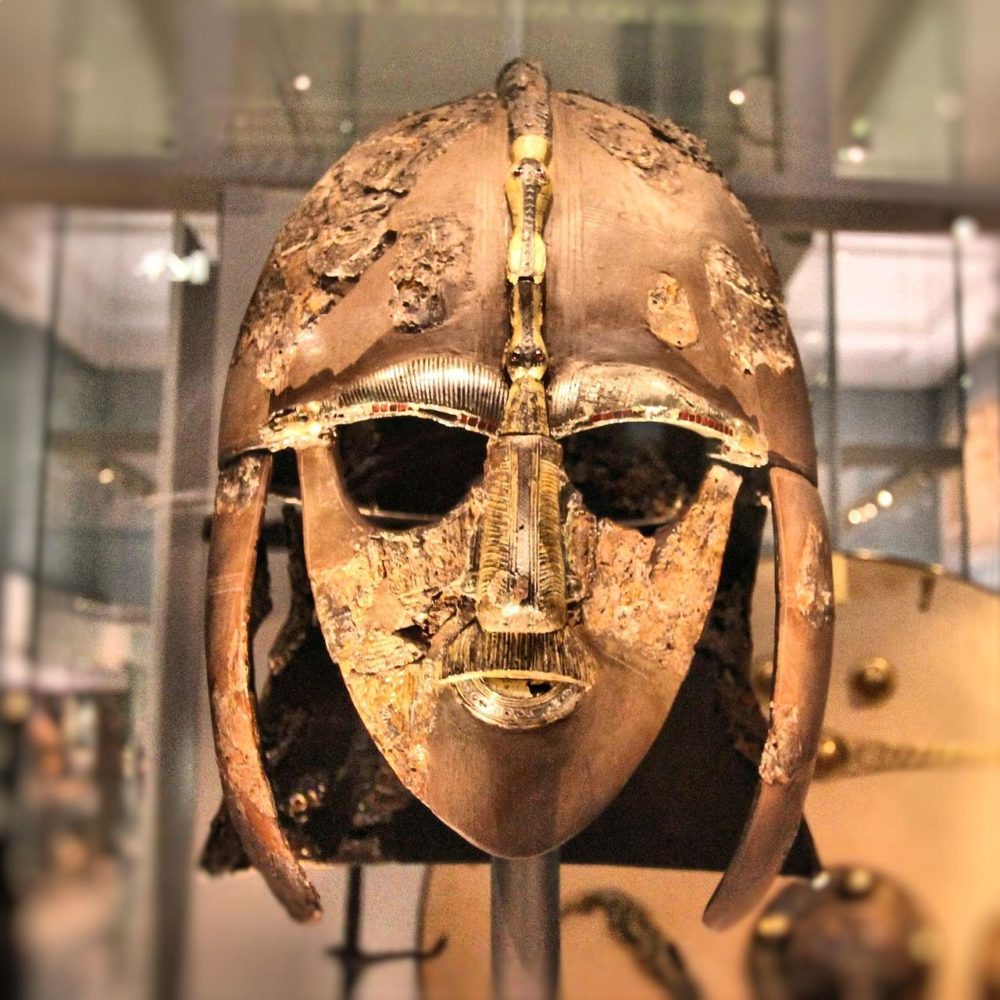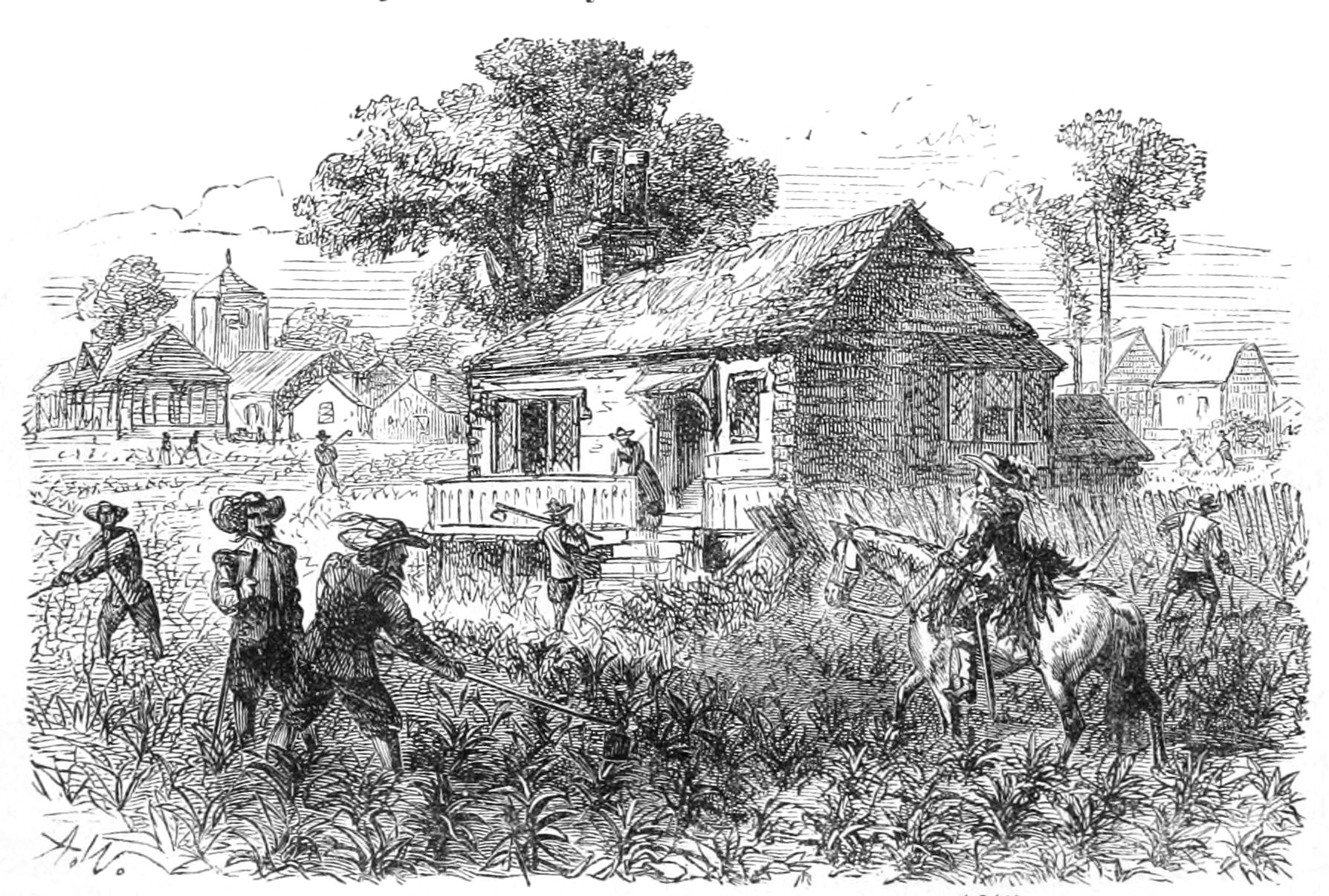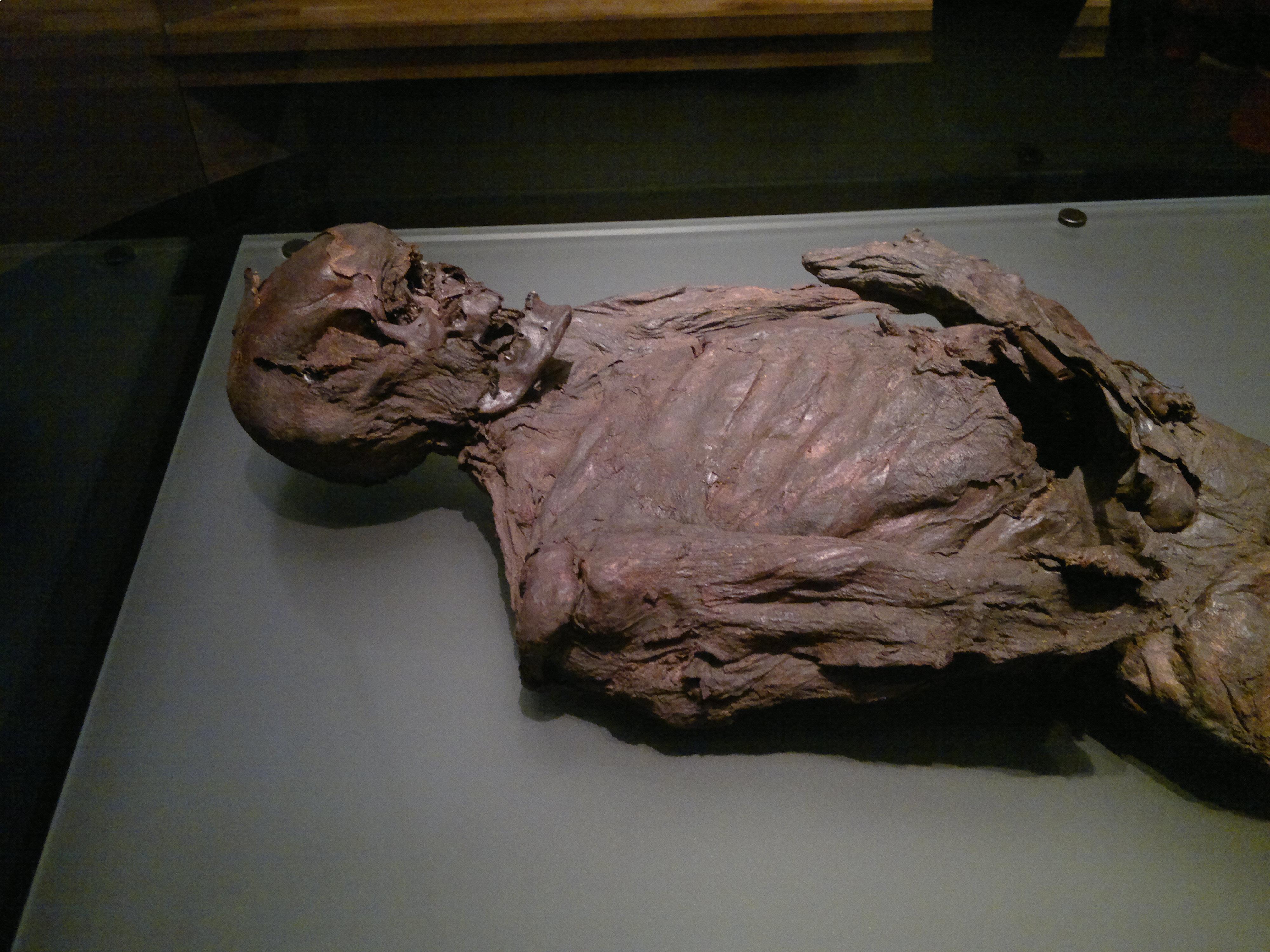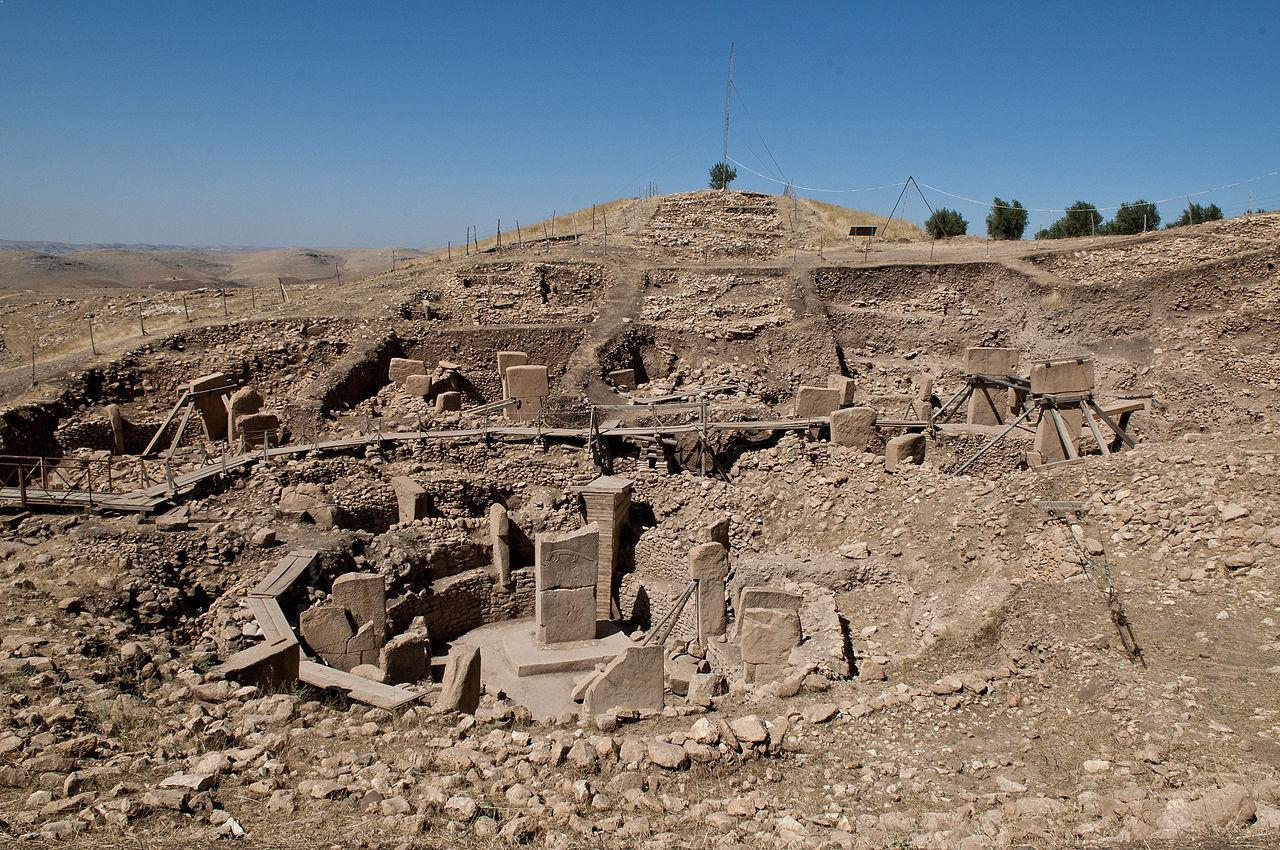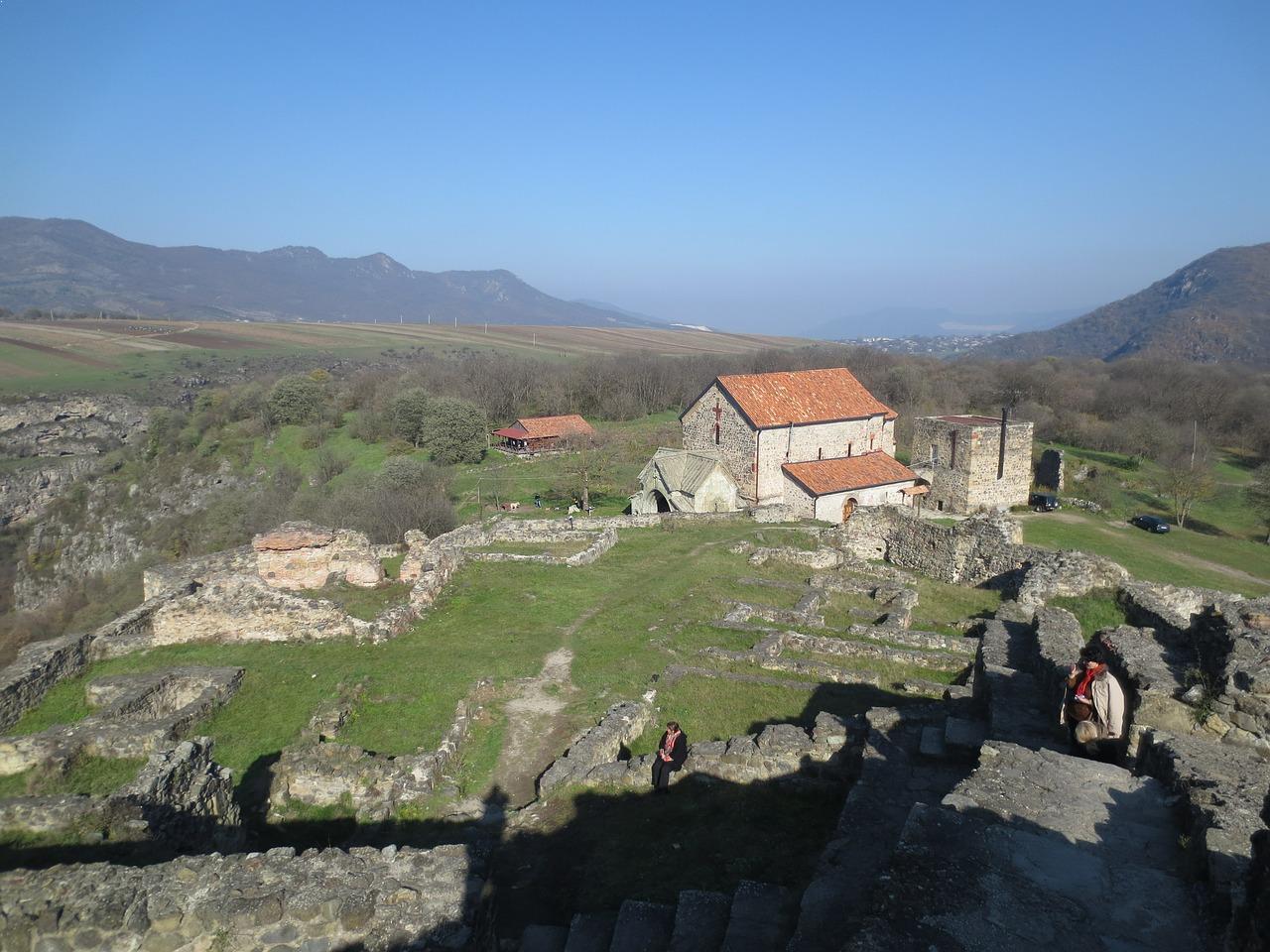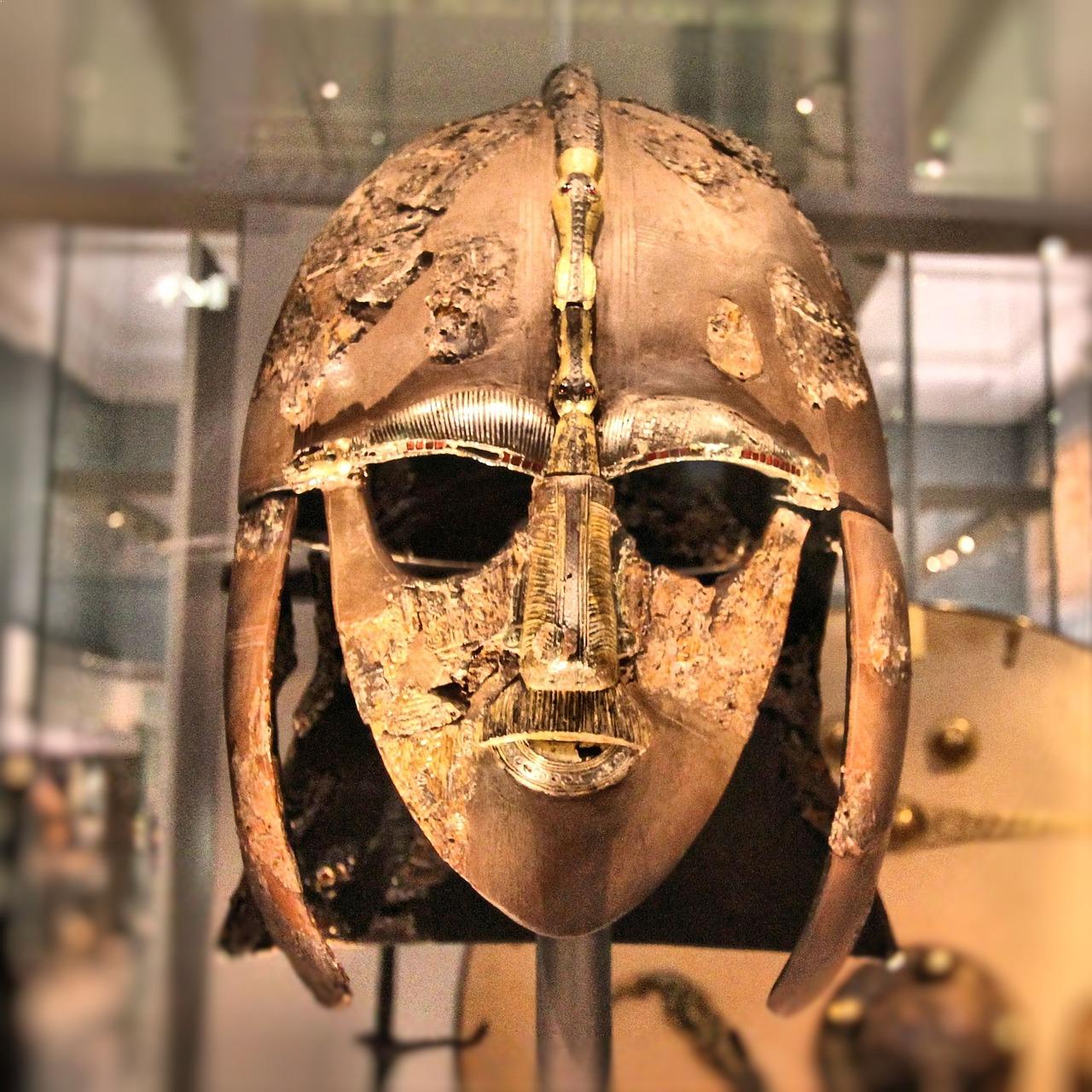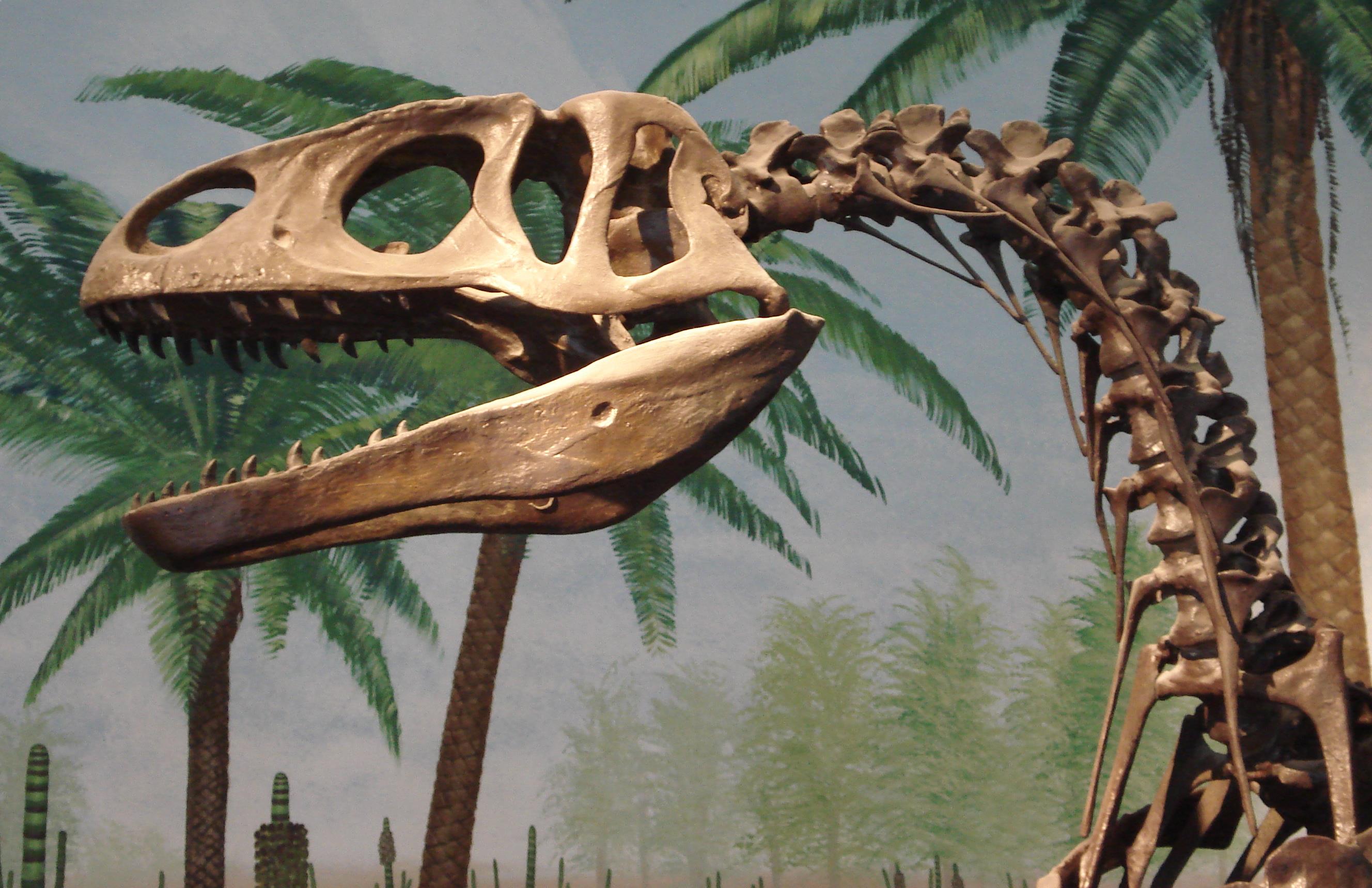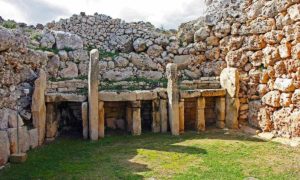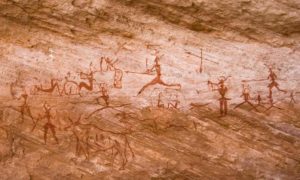Understanding the past is an integral part of how we perceive the present and the study of history, of archaeology and anthropology has helped us understand the mysteries of the ancient world and the way humans lived before recorded history. In the course of time, some ground breaking archaeological discoveries have forced scientists to change the way they view history and has opened new possibilities of reanalysing history. Here is a list of the 10 most significant archaeological discoveries that changed the world.
Archaeological Discoveries Which Rewrote History
1. Stonehenge
This ancient ruin has confounded researchers and historians for centuries and due to its remote location, it has been difficult to conduct extensive field research. Much of the mystery surrounding this ruin has been about the positioning of the stones and how it was constructed. One of the recent archaeological discoveries made in 2014 by archaeologist David Jacques led to the conclusion that this area has been inhabited since 8820 BCE and that Stonehenge wasn’t intended to be a remote location. This discovery has changed the concept of the Neolithic Revolution and changed the direction of the study done on Stonehenge. It is also one of the unexplored mysteries of the world.
2. Jamestown
Jamestown, one of the first white settlements in the United States has been plagued with stories of cannibalism and rumors that settlers consumed the meat of other humans in order to survive in harsh conditions when food was scarce. Till 2014, these rumors were unsubstantiated but the remains of a female named Jane were found and showed marks consistent with consumption by humans. This has been accepted as proof that cannibalism did exist in the early settlements in Jamestown. You will also love reading about most incredible Roman Theaters.
3. Richard III
Richard III was one of the most famous monarchs of England and his remains were missing for a long time until they were finally found in 2013 in Leicester. This search was part of a collaboration between the Leicester City Council, the University of Leicester and the Richard III Society. The remains were found under a parking lot in the city that was originally the site of the Greyfriars Church. Later, the genome of the monarch was sequenced using the bones and Richard III became the first important figure in history to have his entire genome sequenced.
Also Read: Top 10 Most Beautiful Roman Aqueducts In The World
4. Cashel Man
In many places in Europe, the archaeological discovery of mummified bodies in bogs is not uncommon and due to the conditions present in bogs, these bodies are perfectly preserved. Scientists have for long sued these bodies to study the conditions of life in ancient times. However, the oldest one till now was found in Ireland in 2011 which is 4000 years old. This makes the body older than that of King Tut and offers researchers a unique insight into the life in Ireland 4000 years back.Also, read about mythical weapons which shaped history.
5. Headless Vikings of Dorset
Some road workers discovered human remains while on the job in 2009 in the town of Dorset but what they thought to be ordinary human remains were actually the remains of Viking warriors from the 10th century. These remains correspond to a bloody battle between the Anglo-Saxons and the Viking in which the latter lost and were all killed. The archaeological discovery of these remains was an important part of shaping the current understanding of Viking war tactics and the relations between Anglo-Saxons and Vikings.
6. Gokekli Tepe
For many years, it was assumed that the Stonehenge was the oldest temple-like structure in the world but the discovery of this structure in Turkey in the 1960s challenged that assumption. This structure was even older and was dated back 11,000 years. However, at the time, it was dismissed as a medieval cemetery. In 2008, a re-examination of this structure in the Anatolia region of Turkey confirmed that it was indeed built before the Stonehenge and is the oldest manmade temple-like structure in the world. We also recommend you to read about most influential people in history.
7. Dmanisi
This city in Georgia became the site of one of the most important archaeological discoveries regarding the human evolution since the discovery of homo sapien skeletons in Africa. These skeletons were the link between the pre-human species of Homo erectus and the modern Homo sapiens and are believed to be the first humanoid species to migrate out of Africa. This discovery was made in 2014 and since then has opened a large number of possibilities in anthropological and evolutionary research. Since the timeline of evolution is not linier but rather branches out at different points, it is difficult to ascertain the exact nature of relations between these skeletons and Homo sapiens. To learn more about human evolution, click here.
Also Read: 10 Incredible Ancient Theaters Around The World
8. Sutton Hoo
This is a burial site in Britain and is one of the best-preserved and has the largest collection of artifacts from the 7th century. The site consists of 19 mounds among which is the burial site of a 7th-century king and other artifacts like a lyre, drinking horns, swords, helmets, and masks were also buried along with the body. Considering the rampant grave robberies that were common in medieval England, it is nothing short of a miracle that these remains survived till 1939 when they were discovered. The sites are so large that the excavation continues till today.
9. Megalosaurus
This dinosaur skeleton was discovered in 1824 and was the first one to be fully reconstructed and scientifically described. Though skeletons were discovered before 1824, they were not attributed to a particular animal and were thought to be parts of dragons or monsters, not scientifically accepted to belong to creatures we now know to be dinosaurs. This archaeological discovery not only led to the acceptance of the dinosaur as a different animal but also surging interest in the field of archaeology and the study of dinosaurs. Most subsequent fossils were displayed in museums for public display.
10. Hissarlik
This site in Turkey is where the first proof of the existence of the city of Troy was found. Before the 1800s, the city was thought to be completely mythical, existing only in Homer’s Iliad but the remains found in this coastal city confirmed that a city corresponding to Homer’s description did actually exist. Excavations in this city continued into the 20th century and Troy was dated back to the European Bronze Age.
How many of these archaeological discoveries do you thing changed the world?

